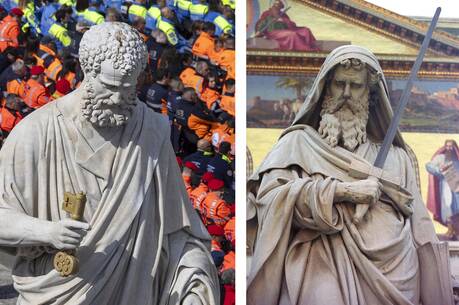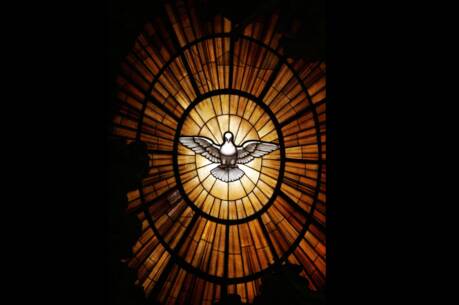The Son's Mother
Many homes proudly display pictures of family members or of times not to be forgotten. Some of these pictures are individually framed. Others are combined, two or three photos hinged together. As we celebrate this Marian feast, the church offers us two depictions of Mary. In the Western church this is the feast of her assumption; in the East it commemorates her dormition or falling asleep. It is interesting that the readings for the feast directly address neither celebration.
The reading from Revelation paints a picture of a woman in the splendor of the cosmos, pursued by a dragon. In this mythical depiction, she gives birth to a great ruler, who is ultimately caught up with God. This is a picture of brilliant colors and mesmerizing activity. One can hardly take one’s eyes from it. Next to it is a picture of a peasant girl, herself with child, on a road that will take her to an older relative who is also pregnant. The scene is uneventful, almost sweet in its simplicity. It hardly compares with the first scenario.
A stranger might wonder why these pictures are joined together. One would have to know the family to realize that the pregnant woman is important because of the unborn child. This becomes clear in the reading from Paul. The risen Christ is the focus there, just as the child is the focal point of both of the pictures. If we examine the readings closely, we will discover this.
What do these pictures tell us about the woman? What do these readings have to do with the feast? Looking at the feast through the lens of the readings, we can see that we commemorate Mary’s assumption/dormition, because we venerate the body that gave birth to Christ. The peasant girl from Galilee is queen in heaven, because her son is the anointed one of God.
This article also appeared in print, under the headline “The Son's Mother,” in the August 4, 2003, issue.







